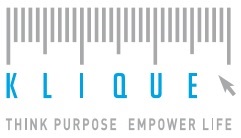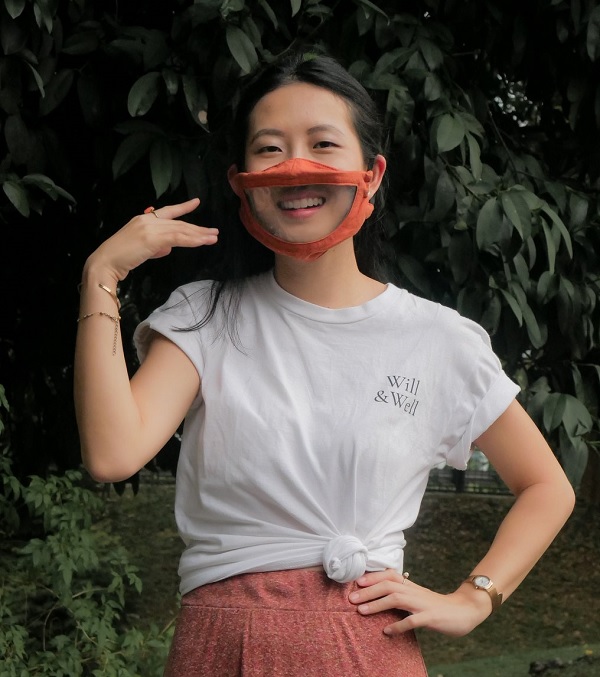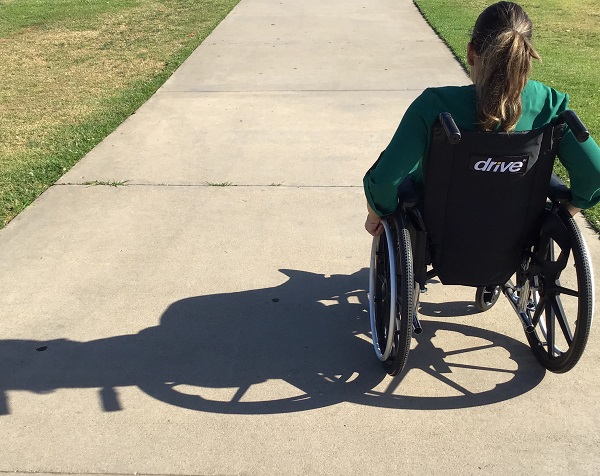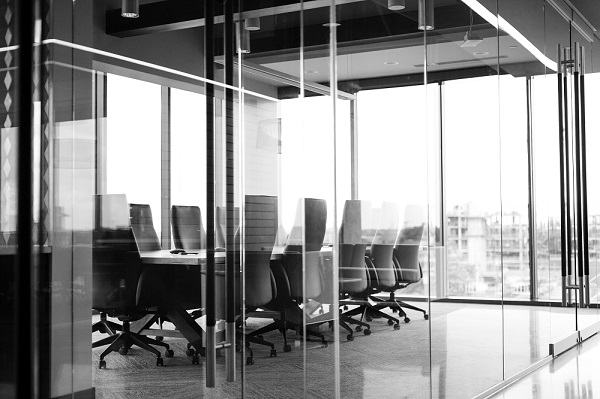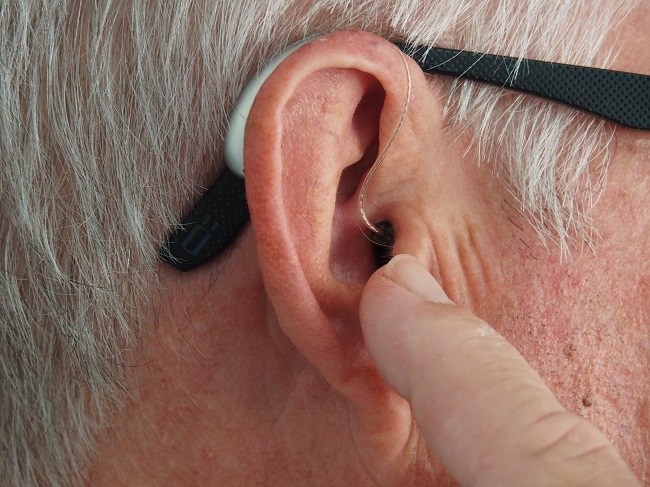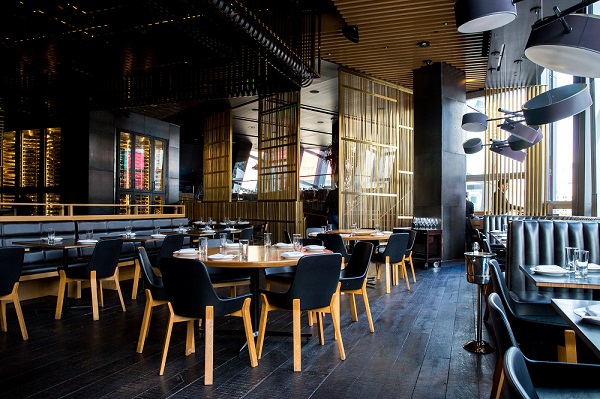
In order to enable persons with visual impairments to move about independently with safety and dignity, Building and Construction Authority (BCA) encourages qualified persons and designers to adopt recommendations on visual contrast in building interiors to help create an inclusive environment.
The orientation and mobility of persons with visual impairments will be greatly enhanced by introducing the concept of:
-
- Visual contrast in building interiors; and
- Detectable warning surfaces.
